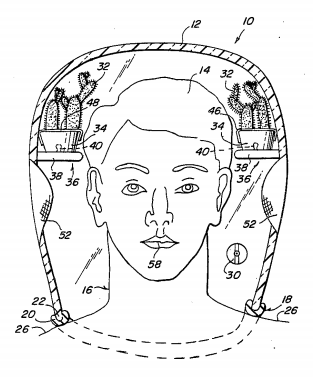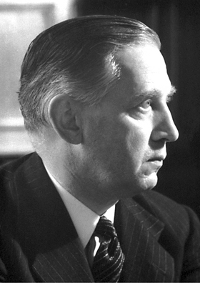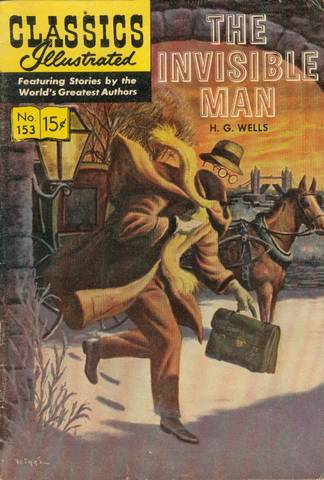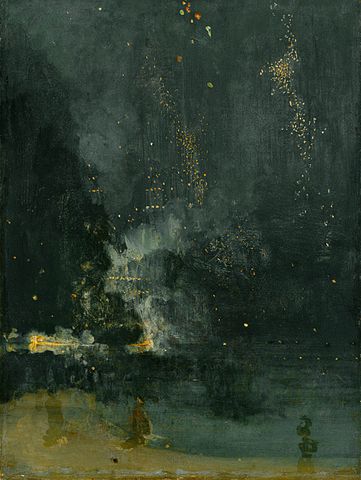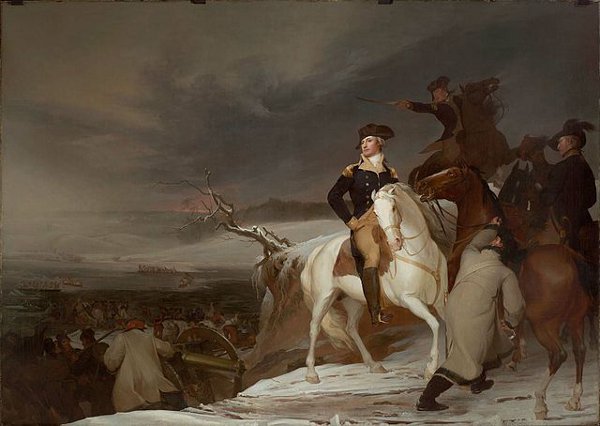
George Washington retired as a lieutenant general and so was technically outranked by the four- and five-star generals of later wars.
Thinking this unseemly, Congress passed a resolution in 1976 arranging that Washington be promoted posthumously to “General of the Armies of the United States” and that no officer in the U.S. Army ever be considered to outrank him:
Whereas Lieutenant General George Washington of Virginia commanded our armies throughout and to the successful termination of our Revolutionary War; Whereas Lieutenant General George Washington presided over the convention that formulated our Constitution; Whereas Lieutenant General George Washington twice served as President of the United States of America; and Whereas it is considered fitting and proper that no officer of the United States Army should outrank Lieutenant General George Washington on the Army list; Now, therefore, be it
Resolved by the Senate and House of Representatives of the United States of America in Congress assembled, That
(a) for purposes of subsection (b) of this section only, the grade of General of the Armies of the United States is established, such grade to have rank and precedence over all other grades of the Army, past or present.
(b) The President is authorized and requested to appoint George Washington posthumously to the grade of General of the Armies of the United States, such appointment to take effect on July 4, 1976.
Gerald Ford signed the executive order that October.

